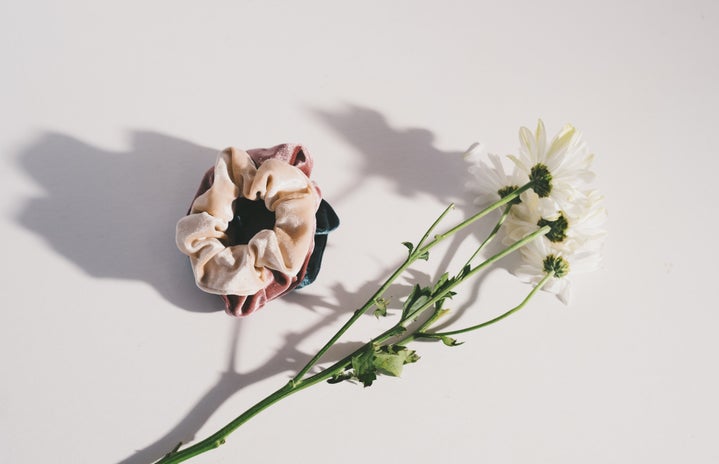We are lucky enough to currently have a myriad of strong female figures in the public eye. Perhaps luck is not the right word, such positions are often hard fought and vulnerable. Nevertheless, there is an ever-increasing range of women that have made it to heights that men have traditionally dominated. Note Angela Merkel, Beyoncé, Emma Watson, to name but a few.
It is an acknowledged truth that this has not always been the case. There have had to be great pushes forward to get to where we, as a society, currently are. Many of these would likely not have been possible if differences between the sexes were not highlighted and addressed for the better. Issues must be identified in order to be solved.
To this effect, we have long believed that pitting women against men with the same parameters can be a misdirected effort. Women have instead been provided with separate standards. They have been judged against other women in order to be given greater recognition, so as not to be swamped by the dominance of men. Thomas Hardy’s Far from the Madding Crowd includes a poetic quotation from the female protagonist Bathsheba Everdeen: “it is difficult for a woman to define her feelings in language which is chiefly made by men to express theirs.” Society’s response to this qualm was to create a whole separate language just for women. In doing this we are not helping Miss Everdeen add to the conversation or express her feelings more clearly. We are in effect creating a situation where it may be difficult for a man to define his feelings in language chiefly made by women to express theirs. That is not dialogue at all. That is not equality.
There are problems in accessing the neutral boundaries of recognition (e.g. discrimination inhibiting skills to be compared in the first place). There should not be problems with the neutrality itself. If we continue to support two different streams of two ‘different kinds’ of people, we passively accept that it is okay for the hindered amongst us to be denied access to one stream, simply because a second one – an ‘accepting one’ – exists. This may have been beneficial at one time. On a long-term scale however, we are slowly circling back to a previous entrenchment of differences.
When looking at the past, and perhaps the present, it is often the reflex of society to promote those deemed ‘under-appreciated’ or hindered. At face value, such a reflex seems admirable. However, it is damaging to female progression and equality to falsely praise or over-emphasize female mediocracy; it suggests, inaccurately, the height of female talent. ‘Compensation’ is a term often bandied about when addressing issues of justice and equality. But true, future equality cannot arise through compensation, suggesting repayment for a loss. There is no plausible way to deny that women have suffered a host of obstacles in the past unknown to many of their male counterparts, but there should be nothing given to them in the future as recompense. Instead we must strive for deduction: the removal of obstacles so that equal footing can be achieved, not the addition of sympathetic praise.
Women artists are a fascinating and apt way of analyzing such a thought. Whilst undertaking an art history module this semester passed, I was fortunate enough to study Rachel Ruysch, in particular her painting Still life with flowers in a glass vase. Often branded as a ‘great female artist’ she is heralded as an example of an impressive achiever within the female sphere.
But she was not a great female artist. She was a great artist. To label her as the former connotes a sense of pity, or smug triumph that she succeeded where others did not. It made my first interpretation of her painted flowers as marvelling her obvious technical skill, given the circumstances. But Ruysch did not yield to circumstances. Her flowers are not a display of her femininity, a confined box of subject matter in which she could attempt to work as her peers did. Her flowers were topical, political, religiously significant. They mirrored the rich tapestry of culture in the Netherlands in a way which was nuanced yes, but also blindingly obvious. If we label her so as to differentiate her from her peers, then we suggest obstacles before they even exist.
She should be praised because her manipulation of oil paint lends her roses a deep fleshy-heavy look, her poppies appearing as if they are truly paper thin. She should be praised because her artistic ability can be seen clearly to exceed that employed in similar paintings by her contemporaries, all desperately trying to respond to the frenzy of Tulip fever that existed in the country. At the time of production, her paintings regularly sold in excess of Rembrandt’s, yet they are rarely compared together. Why? Because we have compartmentalized her, categorised her. With good intentions perhaps, but taking one step forward and two steps back if we continue along this illusion that we are not imposing double standards as we try to fight them.
It is over-idealistic to imagine that we have addressed all of the facts of inequality, diagnosed all of the problems. But it is something to consider that in our vocabulary and thus in our tangibility of an increasingly intangible concept that is gender, we have power. Words can inspire avalanches of mental connections that can do both harm and good. If we can change our mindsets for the better, then surely our actions will begin to follow suit. We will form one language in which we can all communicate, and one path upon which we will only walk onwards.
This article was partly inspired by Linda Nochlin’s article “Why are there no great women artists?”



